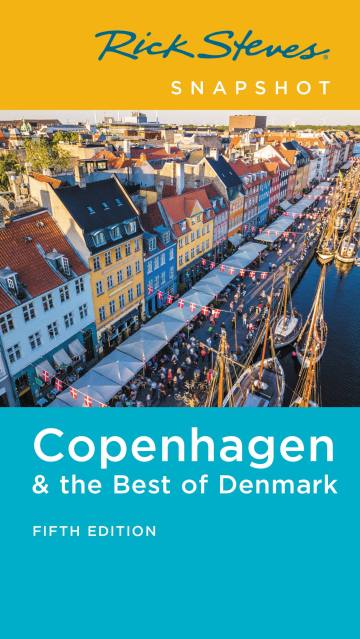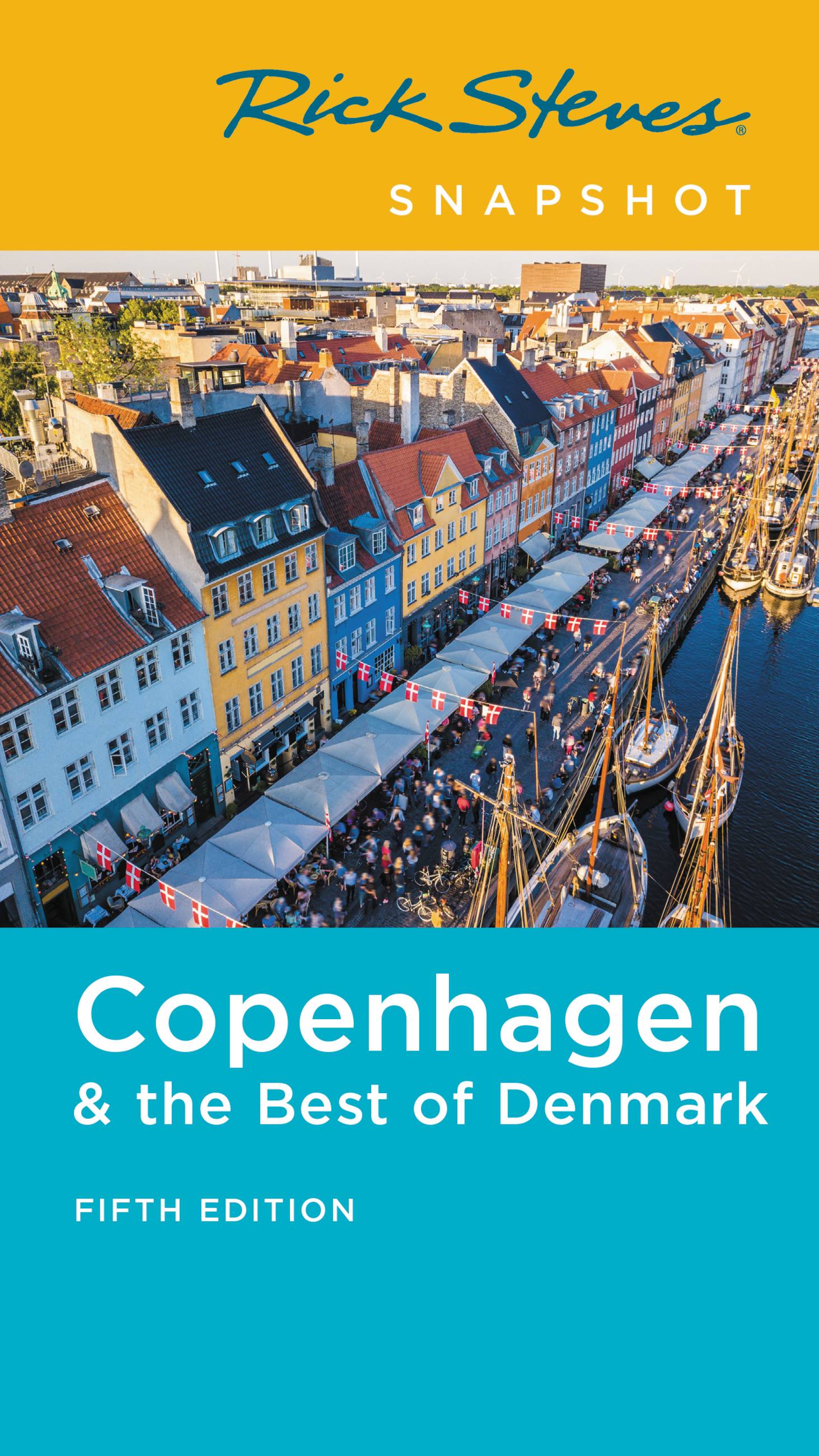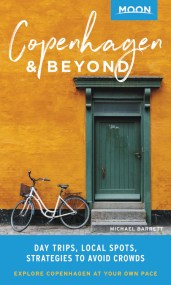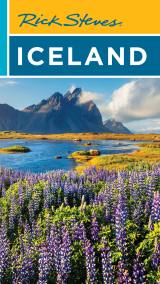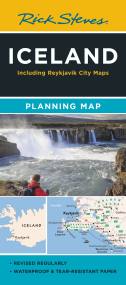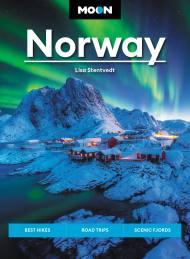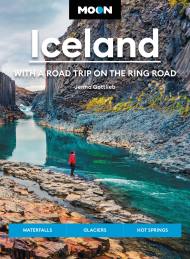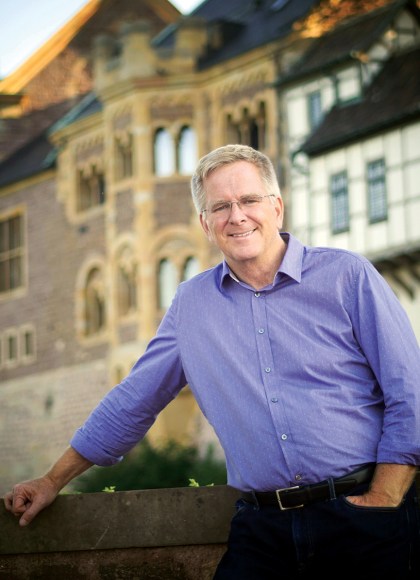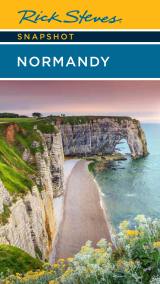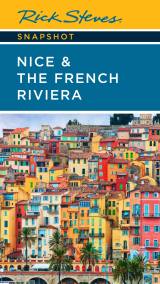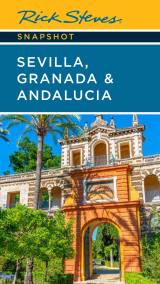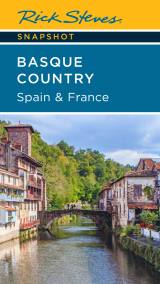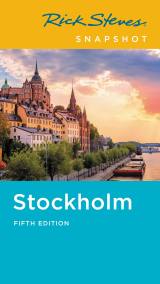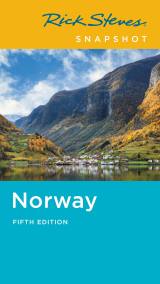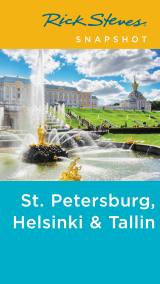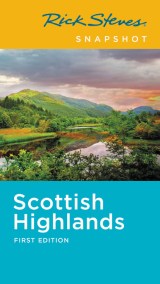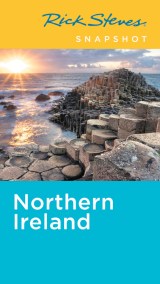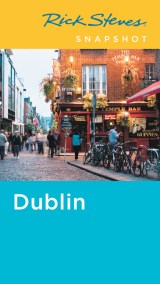Promotion
Use code MOM24 for 20% off site wide + free shipping over $45
Rick Steves Snapshot Copenhagen & the Best of Denmark
Contributors
By Rick Steves
Formats and Prices
Price
$12.99Price
$16.99 CADFormat
Format:
- Trade Paperback $12.99 $16.99 CAD
- ebook $9.99 $12.99 CAD
This item is a preorder. Your payment method will be charged immediately, and the product is expected to ship on or around August 31, 2021. This date is subject to change due to shipping delays beyond our control.
Also available from:
- Rick’s firsthand, up-to-date advice on Copenhagen and Denmark’s best sights, restaurants, hotels, and more, plus tips to beat the crowds, skip the lines, and avoid tourist traps
- Top sights and local experiences: Visitthe Viking Ship Museum in Roskilde, the Moesgård Museum in Arhus, and the isle of Ærø. Ride the rollercoasters at Tivoli Gardens, eat at one of the best restaurants in the world or grab a snack from a streetside pølsevogn, and toast to the Denmark national football team with a triumphant skål!
- Helpful maps and self-guided walking tours to keep you on track
With selective coverage and Rick’s trusted insight into the best things to do and see, Rick Steves Snapshot Copenhagen & the Best of Denmark is truly a tour guide in your pocket.
Genre:
- On Sale
- Aug 31, 2021
- Page Count
- 200 pages
- Publisher
- Rick Steves
- ISBN-13
- 9781641714228
Newsletter Signup
By clicking ‘Sign Up,’ I acknowledge that I have read and agree to Hachette Book Group’s Privacy Policy and Terms of Use
